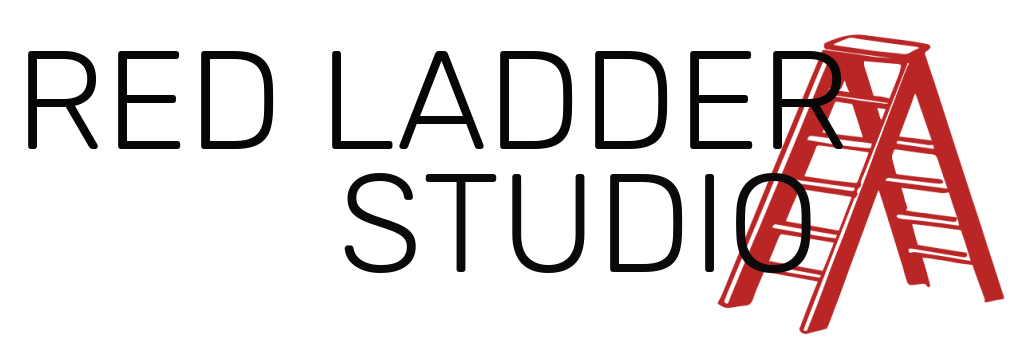Befriending my anxiety
“It seems we have a collective societal fantasy that we’re not supposed to feel anxious. Often we will relate to our feelings of anxiety as evidence that there must be something wrong with our lives.”
When I was seven, I became a different person. That’s the story my family tells, at least.
I was the firstborn, and my mum, who had longed for a baby, was a bit possessive. She didn’t really like anyone holding me for too long.
As a kid, I remember being happy as long as I was with her. But when it came time for school, at four years old, being left alone made me miserable. That’s when the shy, anxious, home-loving side of me started showing up.
Then, at age seven, everything changed.
My appendix burst—a serious medical emergency—but the doctor didn’t catch it right away. By the time I got to the hospital, things it was a matter of life and death.
I have strange, scattered memories of that time. Like two men—one fat, one thin—coming in and out of my wardrobe, a hallucination I didn’t even recall until years later when I started meditating. I also remember sitting on my dad’s lap in the front of the car, wrapped in a dressing gown, as my mum rushed us to the hospital.
I was in the hospital for two weeks. Back then, parents couldn’t stay overnight, so they’d visit in the afternoons.
When I finally came home, I wasn’t the same kid.
And at first, that seemed like a good thing. I wasn’t shy or anxious anymore. I was bolder, more outgoing — more of the Vajradarshini you’d meet today.
But was it really a good thing?
Lately, I’ve been diving into anxiety as part of this month’s Dharma Bundle, reading a lot of Bruce Tift’s work. He merges Buddhism with psychology and talks about how we often end up “divided against ourselves” at certain points in our lives. That really resonates with me.
Looking back, I think that’s what happened. There was this vulnerable part of me—this anxious side—that became “dangerous” to feel, especially being alone in the hospital. So, that part of me had to be pushed aside. What took its place was the confident me, the one that seemed safer to live with. From then on, only the confident side was allowed to show up.
I doubt I’m alone in this. Don’t we all have parts of ourselves we don’t fully let live? Maybe for you, it’s not the shy part but the angry or sad side.
A clue to what we disown in ourselves might be what bothers us in others. For me, anxious people have always made me uncomfortable—I guess because I’ve been avoiding my own anxiety for so long.
Another clue could be what we’re drawn to in others. I’ve always been attracted to quiet, shy, reserved people. Maybe because those were the parts of me that felt too unsafe to express.
For most of my life, I’ve dealt with anxiety by ignoring it. I’d throw myself into bold decisions—moving countries, taking on scary challenges—living out the confident side.
It’s not that the bravery is unreal, just that the anxiety, the shyness hasn’t been allowed to fully exist.
Now, I’m finally making friends with it. Fear is a natural part of life, and without it, we wouldn’t survive. So, I figure anxiety will show up now and again, and that’s okay.
At 54, I’m becoming someone new again. This time, I’m not anxious about feeling my anxiety.
“I am ready to feel anxious at any second, and to work with the energy of anxiety for the rest of my life. I give up my fantasy of a life free of anxiety.”
Find out more about the Dharma Bundle here or sign up below ↓
A ‘bundle’ of dharma resources, thoughtfully made and beautifully packaged.

